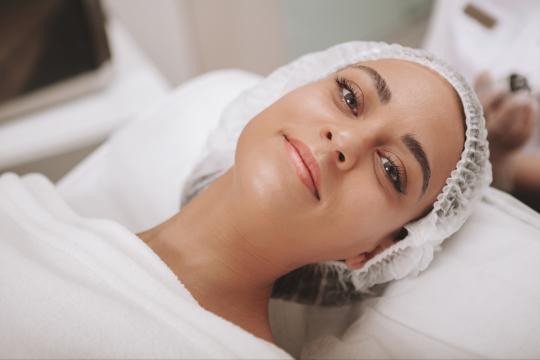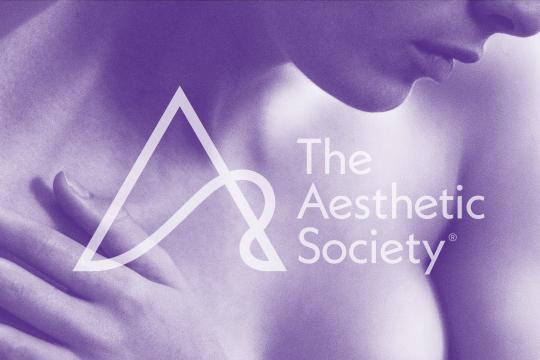
While you won't ever find me with binoculars up to my eyes, keeping track of all the different species of birds I've seen, you might find me purchasing artwork, linens or china with birds on them, or pointing out an especially gorgeous bird visiting our backyard feeder. As a child, I saved injured birds by putting them in shoeboxes with air holes in the lid and handing them over to the care of my dad who always declared them cured the next day because they flew away in the night. I also kept an unoriginally named parakeet Tweety, and a too originally named cockatiel Cyrano de Birdgerac. Though I'm certainly no birder, I'll go on record to say I'm a big fan of birds, but not surprisingly this love of birds doesn't carry over to a love of crow's feet.
Crow's feet, (those pesky crinkles at the corners of the eyes that don't disappear when you stop grinning), aren’t always indicative of someone’s exact age. For some, they hit as early as the 30s or sooner – and for others, not for decades after that. A lot of it depends on genes, but there are other elements that can influence how soon these pesky lines show up. Unfortunately – they do tend to make anyone sporting them look older – and in some cases, prematurely.
Known Causes of Crow's Feet:
Sun exposure: Over time, UVA light can damage collagen and elastin so that skin starts to sag, and the result is it doesn't bounce back, so lines and wrinkles stay put. Diligent use of a broad spectrum sunscreen is a must to prevent deepening lines.
Squinting: Repeated muscle contractions caused by squeezing your eyes closed can eventually cause permanent wrinkles. Over years of squinting in the same fixed position, changes happen in the collagen that makes these wrinkles permanent. UVA/UVB sunglasses can help prevent lines as well.
Smoking: Besides damaging collagen and elastin fibers, as well as depriving the skin of oxygen, smoking causes you to squint to prevent smoke from getting into your eyes, causing a worsening of these crinkles. Quit.
Menopause: Estrogen helps you maintain your skin's hydration, collagen and elastin. Since it declines after menopause crow's feet can deepen. Talk to your doctor about using hormone therapy to see if that’s something that might be right for you.
The use of retinol eye creams, regular exfoliation and keeping skin as hydrated as possible will help lessen the look of lines but non-surgical solutions can make the biggest difference of all so they virtually disappear. Austin, Texas based plastic surgeon, Jennifer L. Walden, MD, PLLC, says that depending on how pronounced your crow's feet are will determine the best method for your doctor to treat them.
"Mild crow’s feet can be treated with a neurotoxin such as Botox or Dysport, essentially paralyzing the muscle in the lateral part of the orbicularis oculi, the circular muscle that makes the wrinkle when one smiles or squints," explains Walden. Neurotoxins are ideal for this area because they temporarily block the nerve signals and relax the surrounding muscles so they can't contract, thereby smoothing the area out. Results are temporary and last from 3-6 months though long term use has been shown to extend the need for treatment sessions.
For moderate to severe crow’s feet, Walden says, "Laser resurfacing can be used to help remodel the skin, as these creases have been made over a long period of time and can be rather deep in the superficial skin layers, not solely contributed to by the underlying orbicularis oculi." She recommends resurfacing to treat the surface skin in conjunction with a neurotoxin to help keep the area smooth and prevent that localized area of the muscle from contracting.
Dr. Walden also recommends a combo of laser resurfacing and Botox for deep creases but adds that fillers are another option, though not usually the first in line for treating this condition. She says, "Fillers may be done in the area when someone needs a "quick fix" for a wedding or event for a deep crease or two, and should be done judiciously."
Crow's feet aren't a difficult fix and great improvement can be made through neurotoxins, resurfacing treatments and even strategic and careful placement of filler on occasion. To find out which method is the right one for you, seek a board-certified plastic surgeon. To find one in your area, click here.





